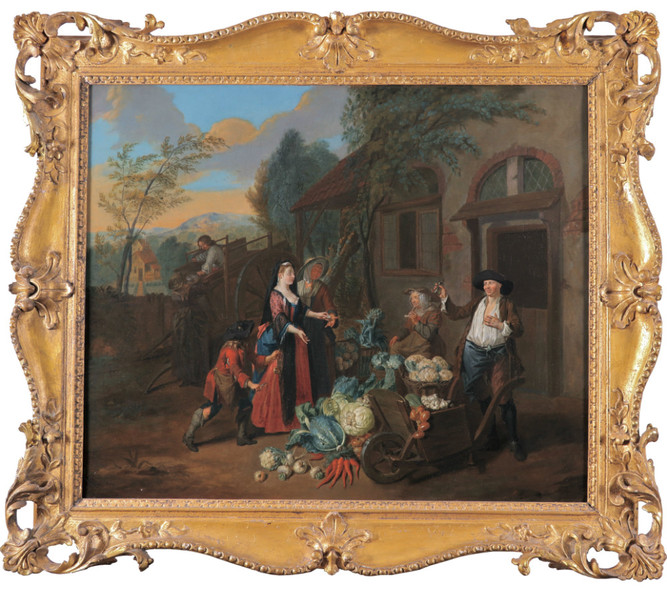
Joseph van Aken
14.000 €
Anonymous 16th century German painter from Nuremberg or Augsburg
2500 €
middle 16th century Anonymous Flemish or Rhineland painter
the pair 8.000 €
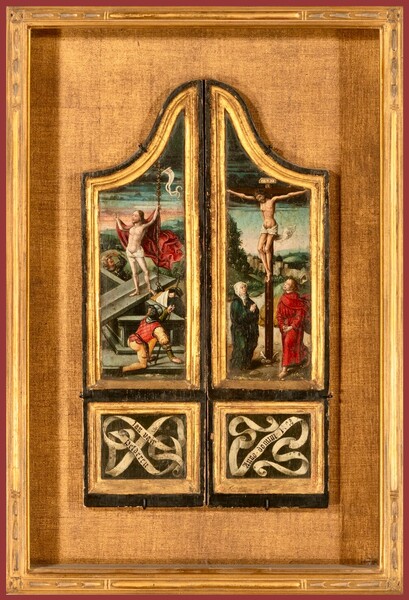
2nd half 16th century Anonymous Flemish painter
7.400 €
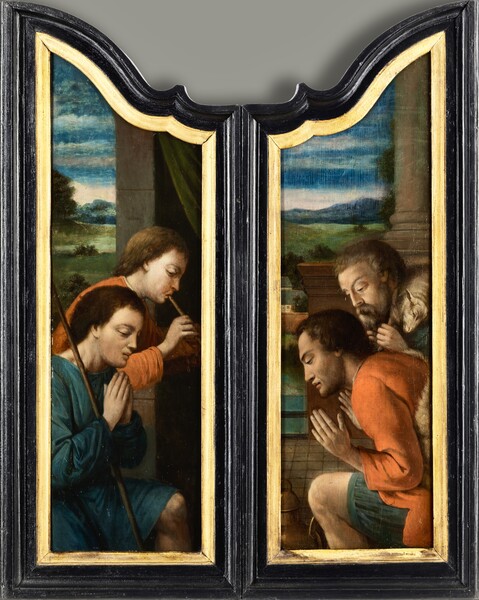
2nd half of the 16th century Anonymous Flemish painter
9.500 €
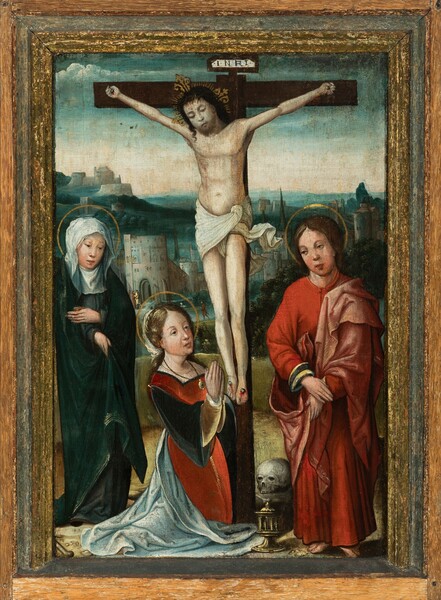
second quarter 16th century Anonymous Flemish painter
5.000 €
first half 17th century Anonymous French painter
5.500 €
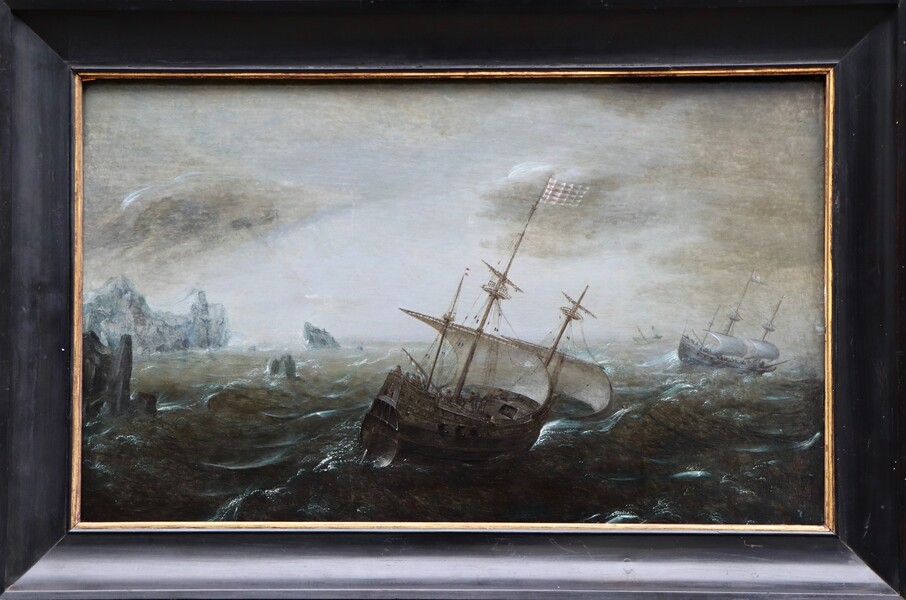
Anthonisz. Attributed to Aert
8.500 €
Hans Jurriaensz. van Baden
9.000 €
Johannes Baeck
25.000 €
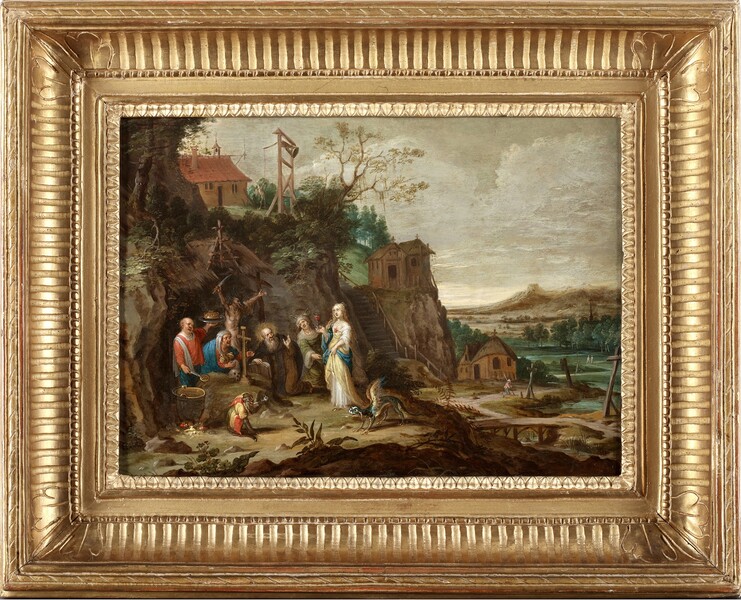
Attributed to Cornelis I de Baellieur
18.500 €
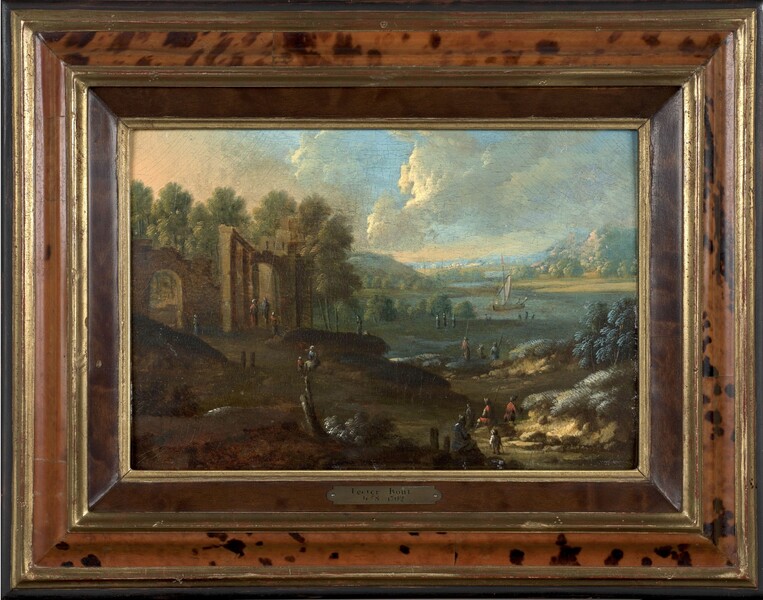
Marc Baets
2.800 €
Leandro Bassano
6.500 €
Jacob Bellevois
16.000 €
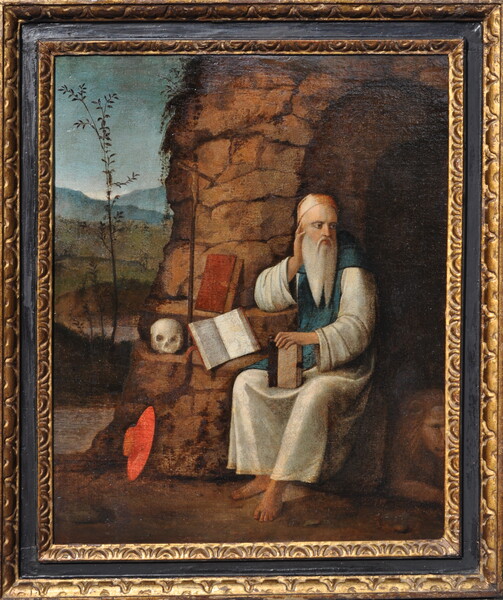
Follower of Giovanni Bellini
9.000 €
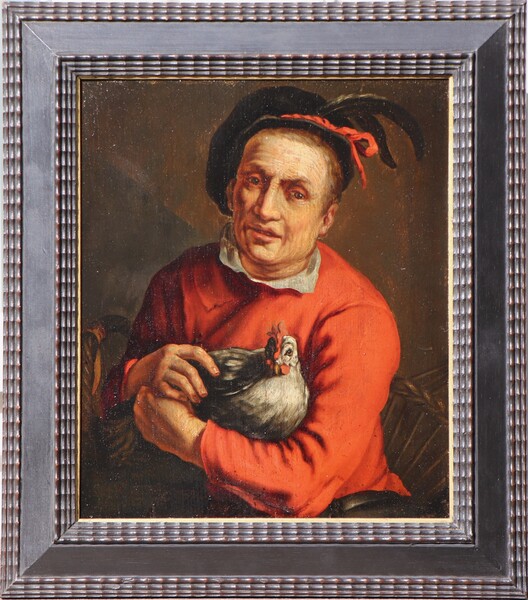
After Cornelis II Bloemaert
2.000 €
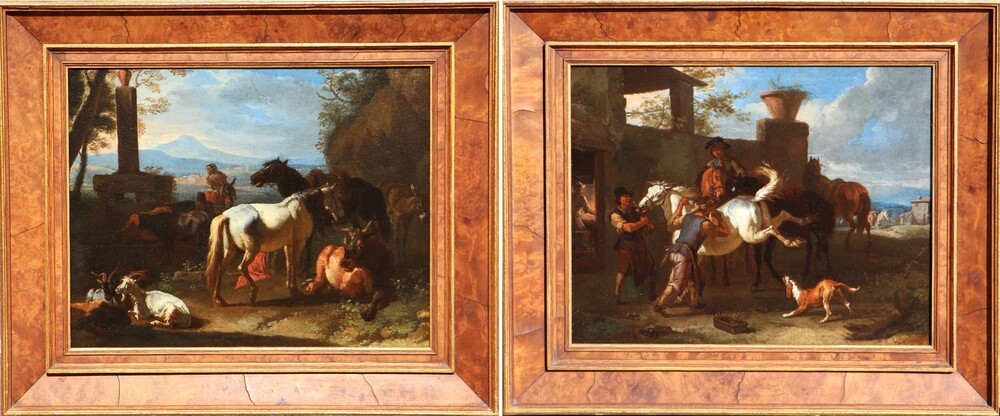
Pieter van Bloemen
the pair 8.600 €
Attributed to Johannes Borman
8.000 €
Bernaert de Bridt
5.400 €
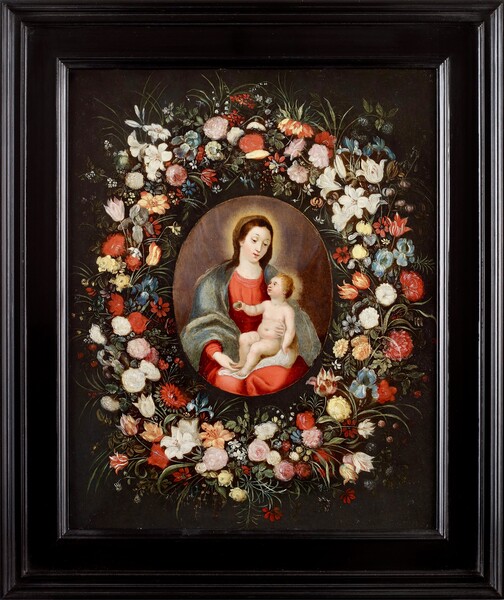
Workshop of Jan II Brueghel
6.500 €
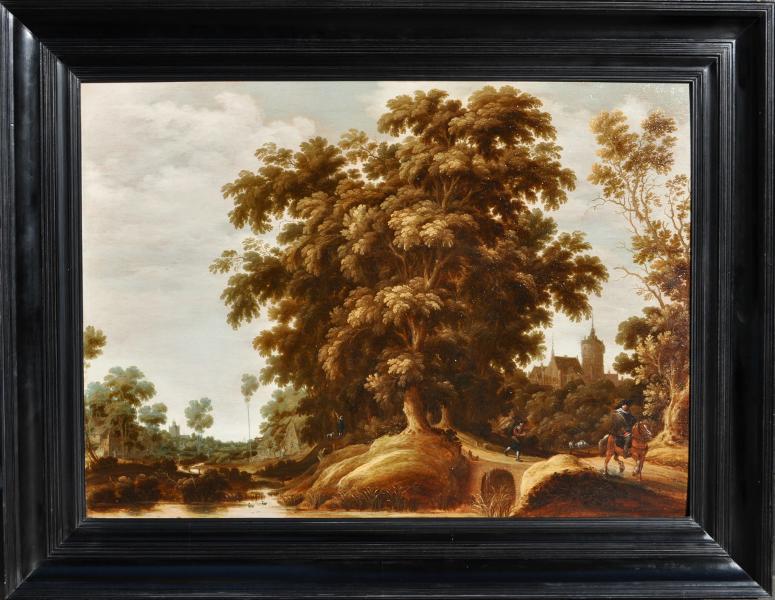
Joachim Govertsz. Camphuysen
27.500 €
Laureys A. Castro
6.500 €
Circle of Cornelis van Cleve
7.400 €
David Colijns
6.500 €
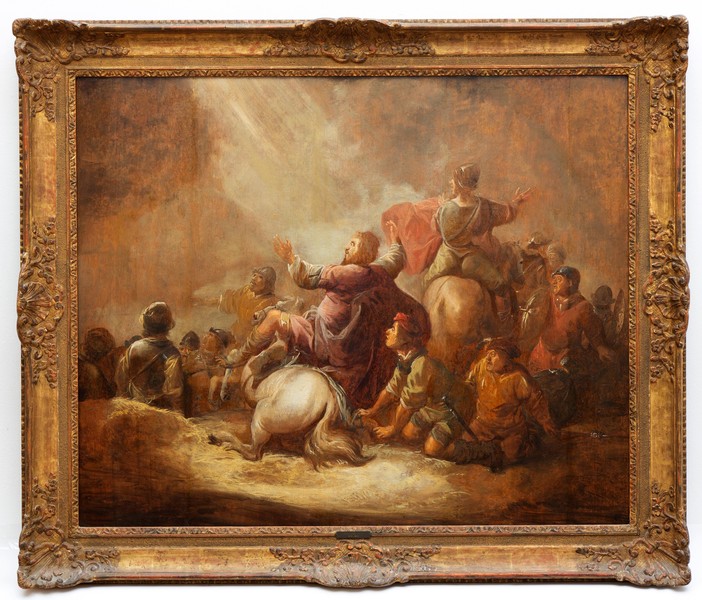
Benjamin Cuyp
12.500 €
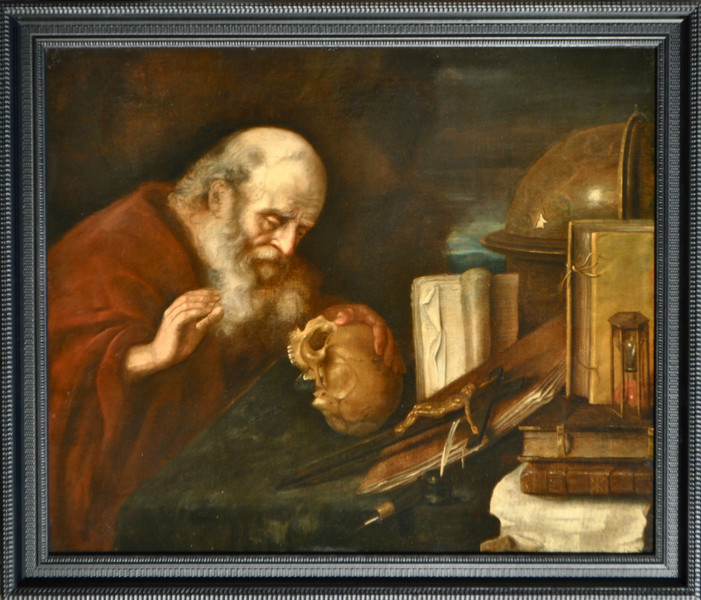
Attributed to Christian Donck
10.000 €

Attributed to Herman Doncker
11.000 €
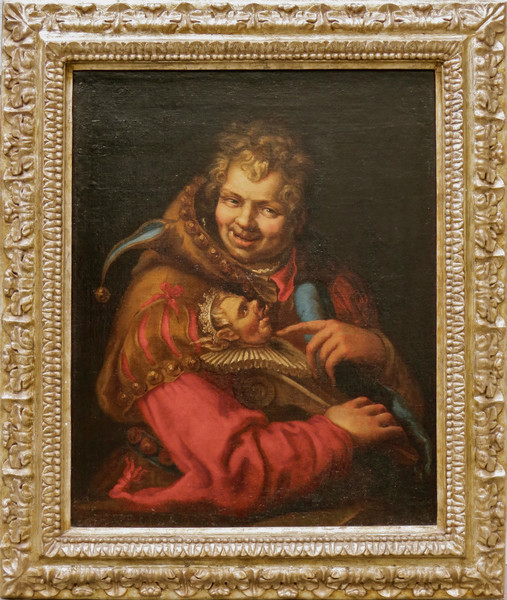
Attributed to Gottfried I Eichler
6.500 €
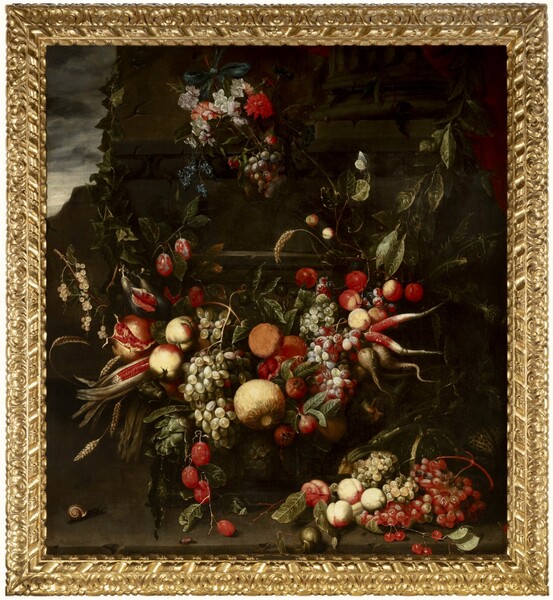
Frans van Everbroeck
53.000 €
first quarter 17th century Flemish follower of Maarten van Heemskerck
5000 €
Frans II Francken
13.000 €
Frans III and Hieronymus III Francken
19.500 €
Attributed to Antoon Gheringh
4.000 €
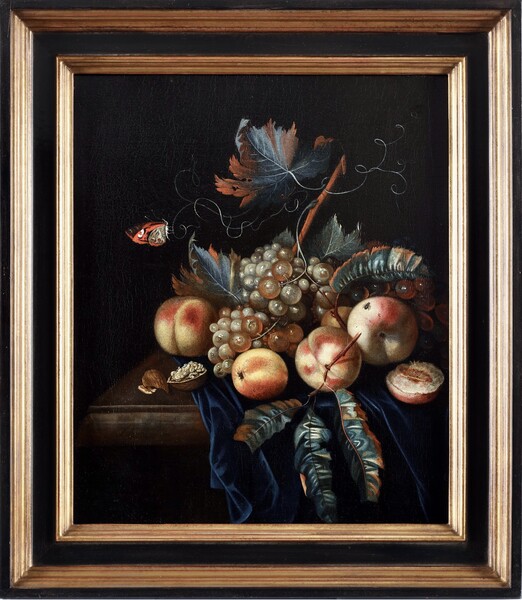
Attributed to Willem I Grasdorp
5.000 €
Nicolas de Gyselaer
6.500 €
Jacobus van der Hagen
5.300 €
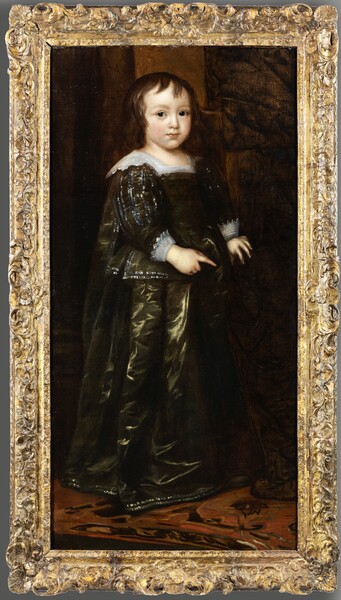
Attributed to Adriaen Hanneman
5.500 €
Attributed to Johannes Hannot
6.500 €
Attributed to Matthijs Harings
2.900 €
Attributed to Daniel van Heil
3.700 €
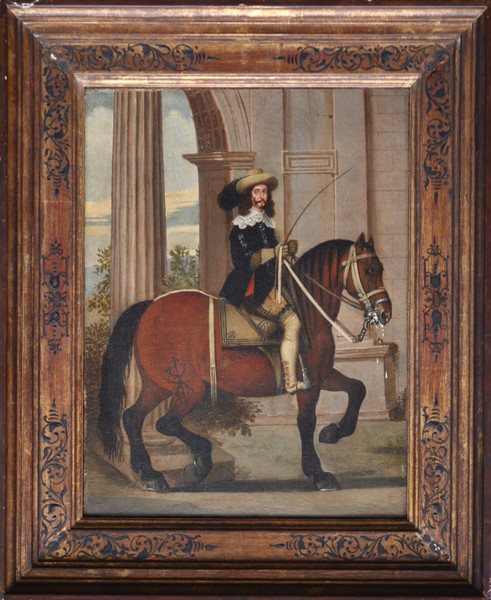
Wolfgang Heimbach
8.500 €
Attributed to Matheus van Helmont
12.000 €
Matheus van Helmont
11.000 €
Charles Cornelisz. de Hooch
12.500 €
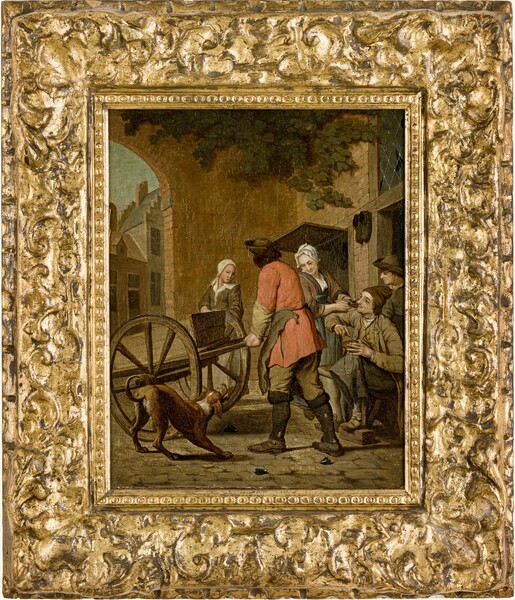
Jan Jozef I Horemans
3.000 €
Jan Jozef II Horemans
9.100 €
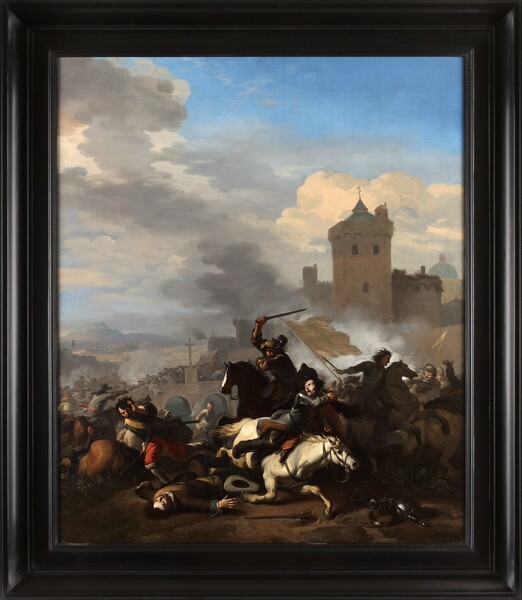
Jan van Huchtenburg
12.500 €
Attributed to Juriaen Jacobsz.
7.500 €
Hieronymus Janssens
9.000 €
Claude de Jongh
5.000 €
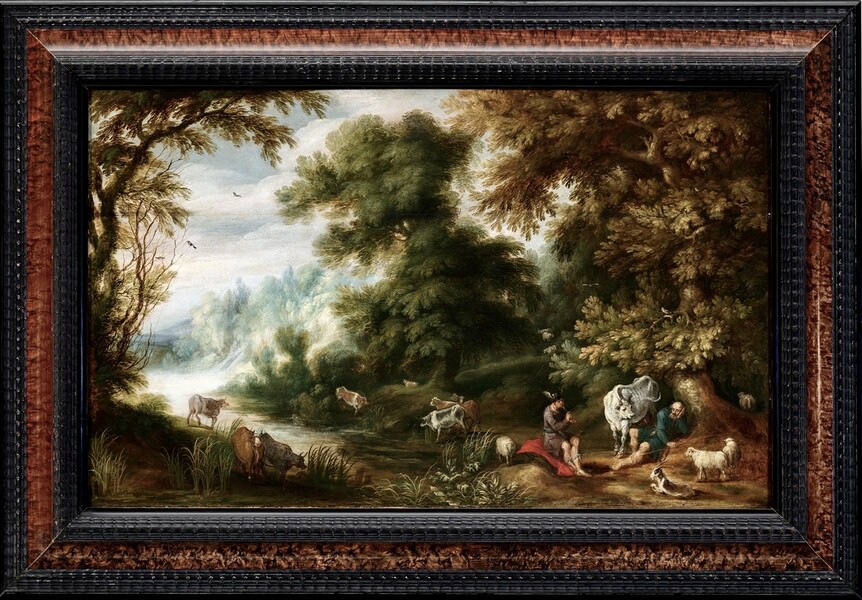
Attributed to Alexander Keirincx
10.500 €
Attributed to Jan I van Kessel
20.000 €
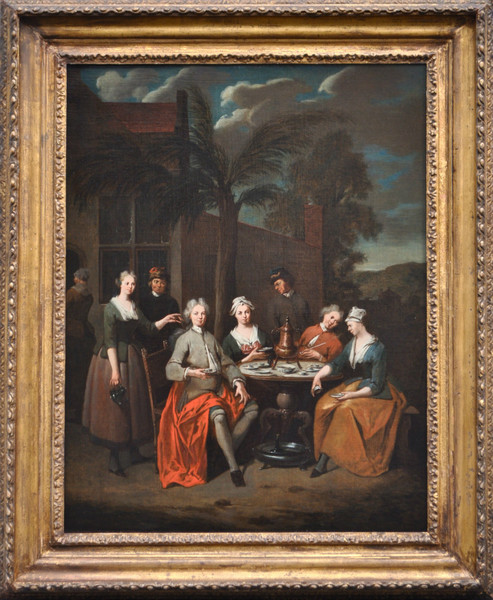
Jan Baptist Lambrechts
6.000 €
Cornelis Lelienbergh
86.000 €
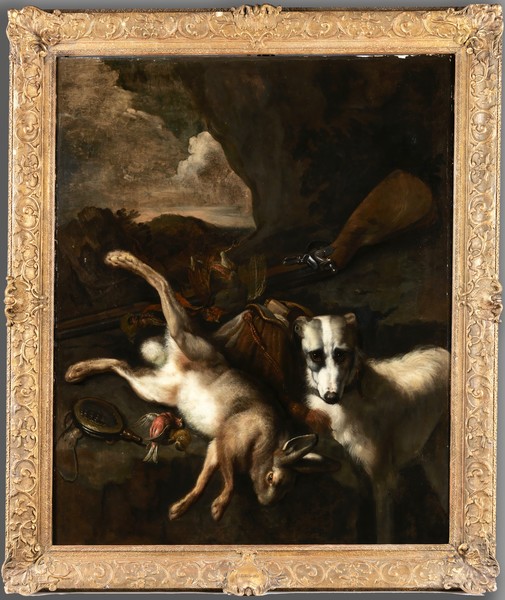
Cornelis Lelienbergh
12.000 €
Attributed to Gysbrecht Leytens
10.000 €
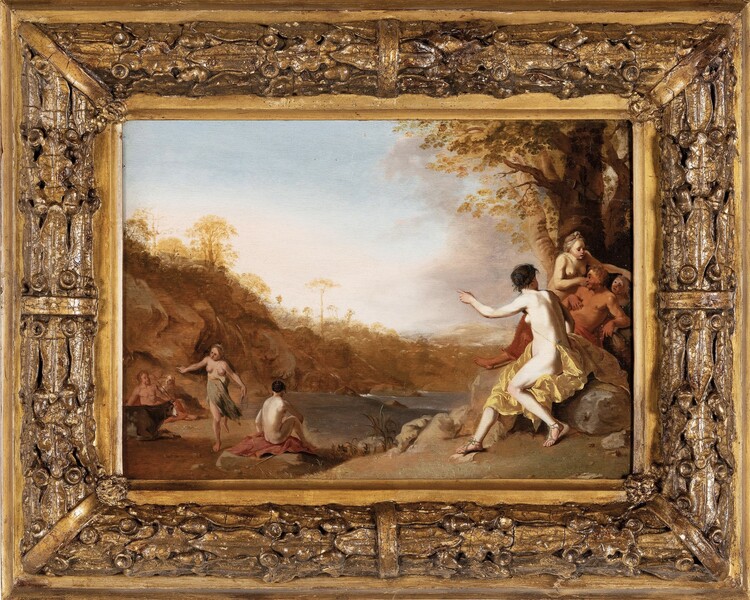
Attributed to Dirck van der Lisse
4.500 €
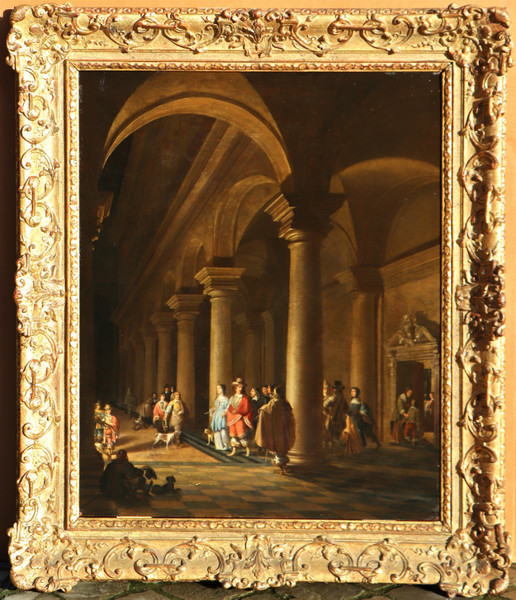
Anthonie de Lorme
10.000 €
Carstiaen Luyckx
9.500 €
Aert Jansz. Marienhof
8.000 €
Attributed to Philips de Marlier
7.700 €
Jan Martsen de Jonge
3.000 €
Jan Meerhout
3.400 €
Pieter Meulener
6.400 €
Jan Miense Molenaer
8.500 €
Klaes Molenaer
7.800 €
Circle of Frans de Momper
6.500 €
Monogrammist IG
2.500 €
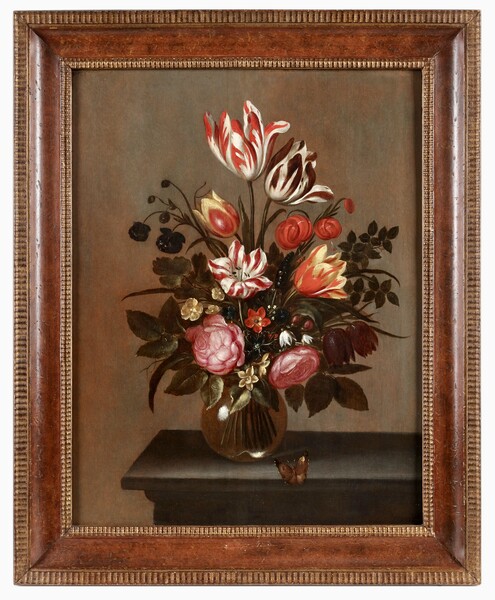
Attributed to the Monogrammist JF
9.500 €
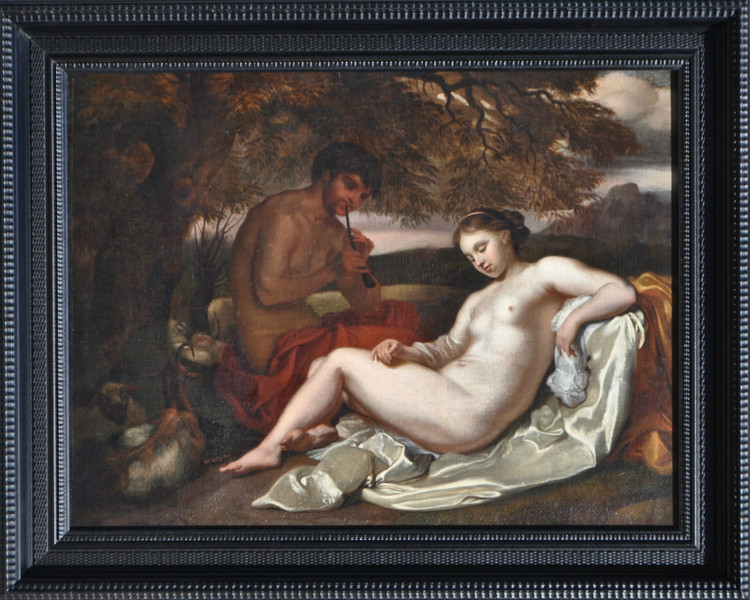
Carel de Moor
7.000 €
Pieter I Mulier
14.000 €
Matthijs Naiveu
11.500 €
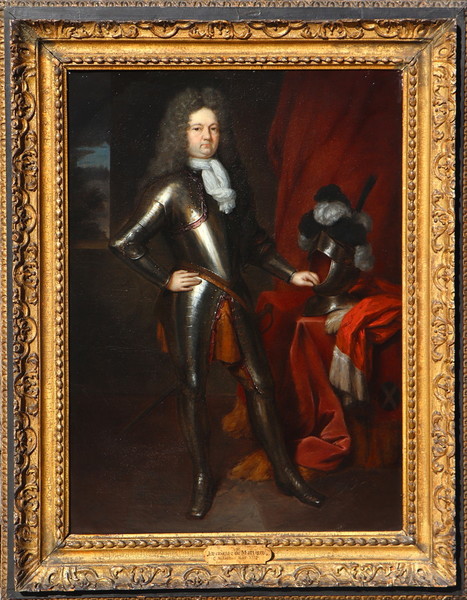
Constantijn Netscher
9.000 €
Adriaen van Nieulandt
19.000 €
Willem II van Nieulandt
7.000 €
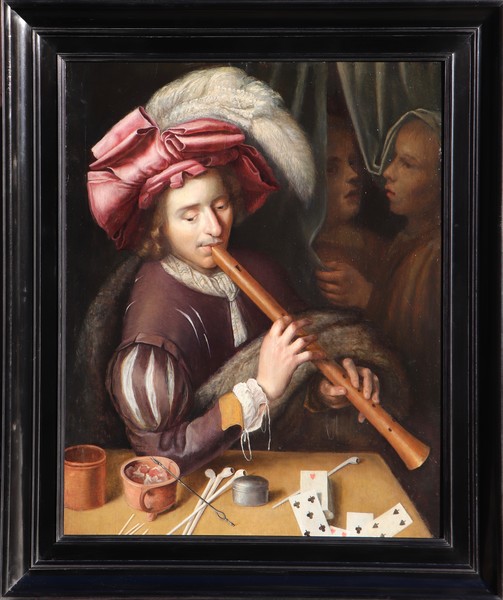
circa 1630 Northern Caravaggesque painter
33.000 €
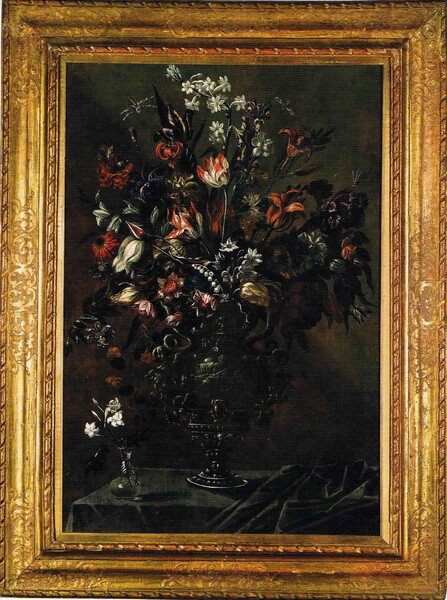
Circle of Mario, called Mario dei Fiori Nuzzi
13.500 €
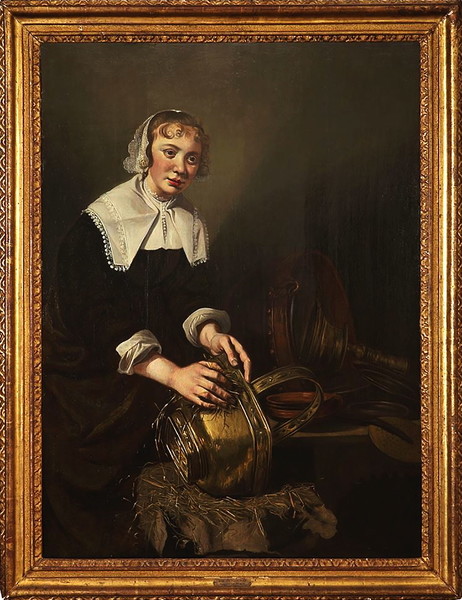
Willem van Odekercken
9.500 €
Palamedes I Palamedesz.
8.300 €
Attributed to Jan I Peeters
8.000 €
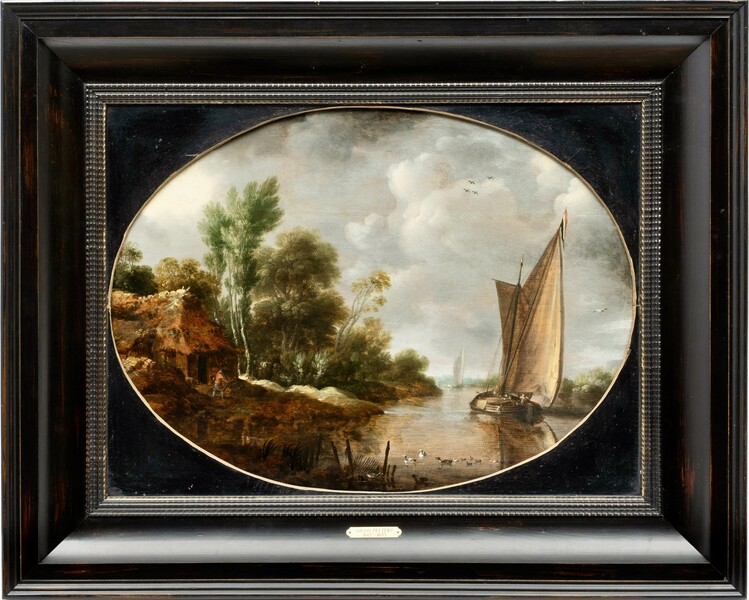
Gillis I Peeters
7.500 €
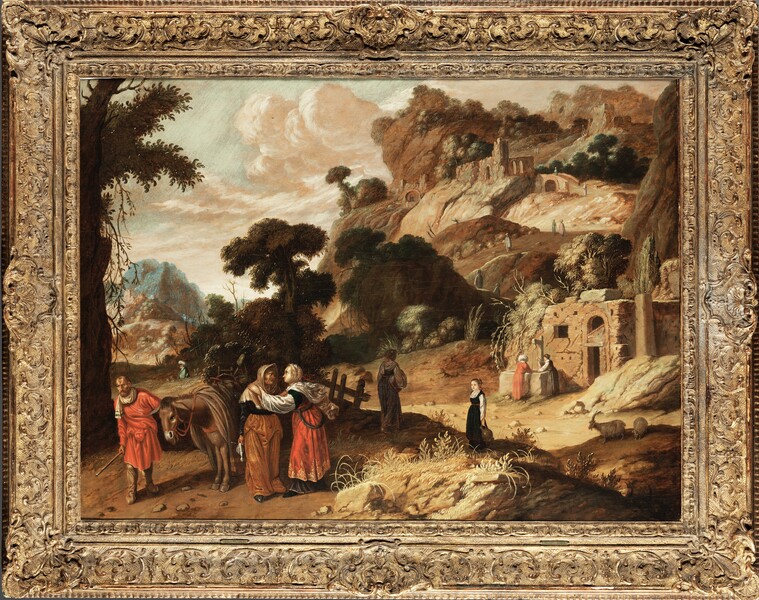
Jacob Symonsz. Pynas
12.500 €
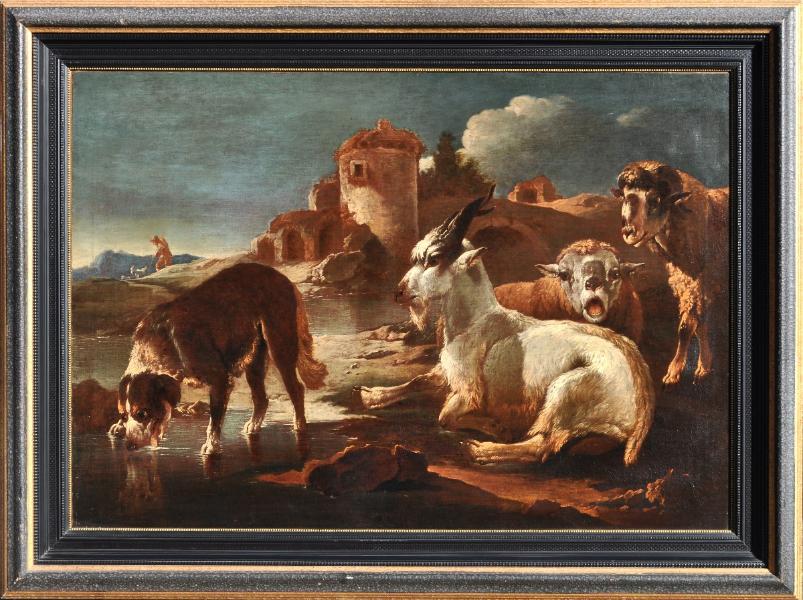
Rosa da Tivoli
22.500 €
First half 17th century Antwerp follower of Hans Rotternhammer
6.000 €
Attributed to Cornelis Saftleven
9.600 €
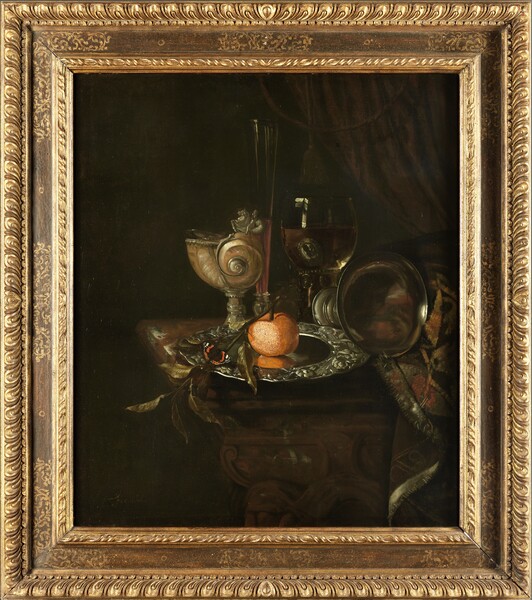
Frans Sant-Acker
14.000 €
Willem Schellinks
8.500 €
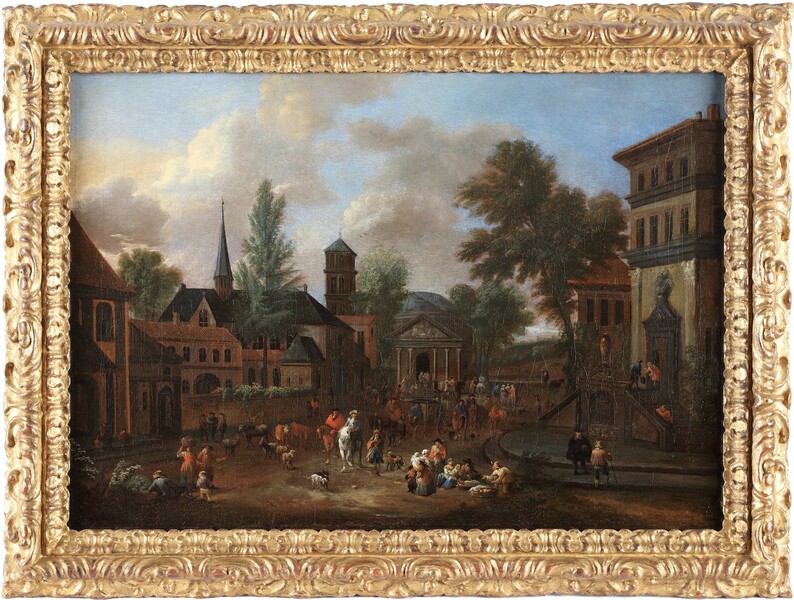
Mathys Schoevardts
8.000 €
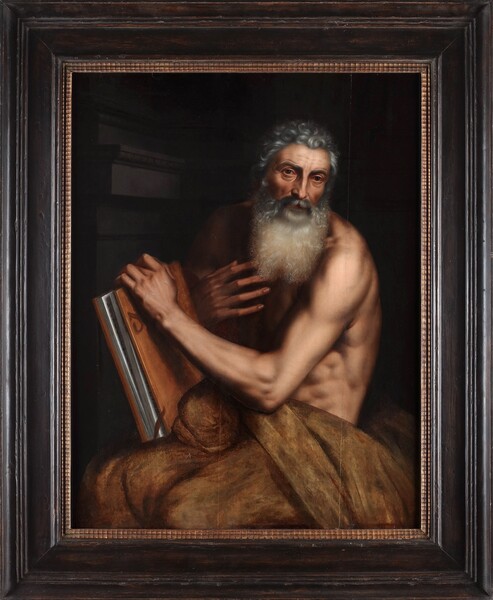
Vincent and studio Sellaer
13.000 €
Attributed to Adam Silo
8.800 €
Michiel Simons
13.500 €
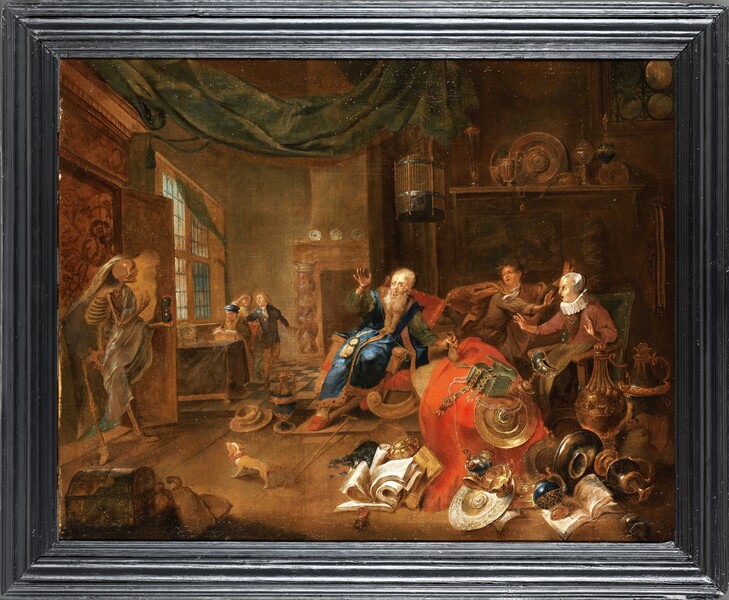
Attributed to Dominicus Smouts
5.600 €
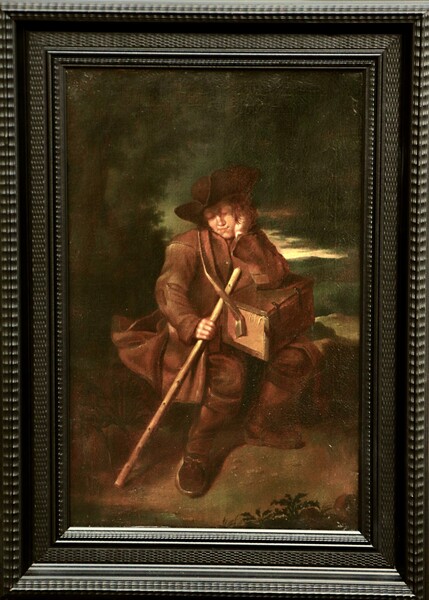
Attributed to Peeter Snyers
1.500 €
Attributed to Hendrick Martensz. Sorgh
4.500 €
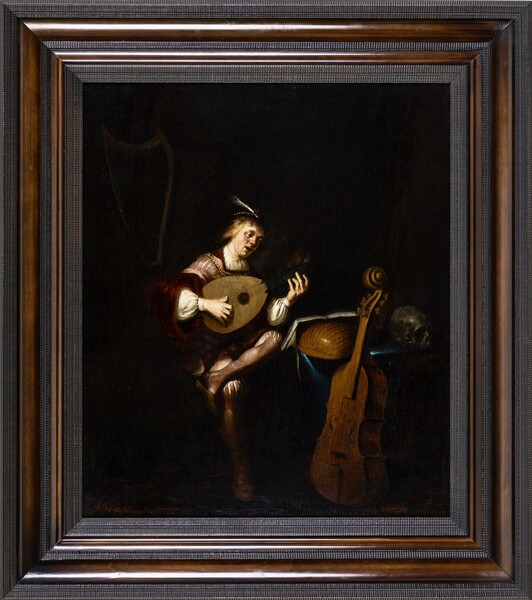
Attributed to Jacob van Spreeuwen
8.000 €
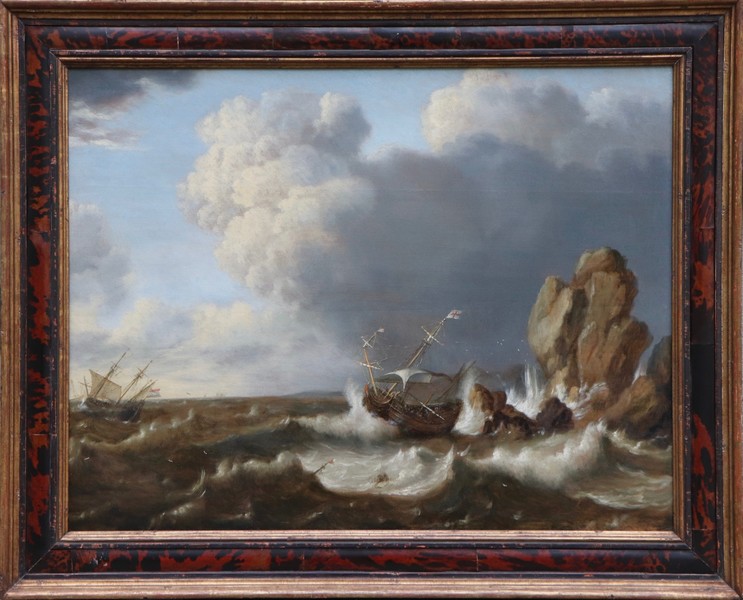
Attributed to Hendrick Staets
7.500 €
Jan Jacobsz. van der Stoffe
the pair 16.000 €
Jan Jacobsz. van der Stoffe
the pair 16.000 €
The Pseudo-Roestraeten
4.000 €
Attributed to Jan Tilens
Attributed to Rombout van Troyen
3.500 €
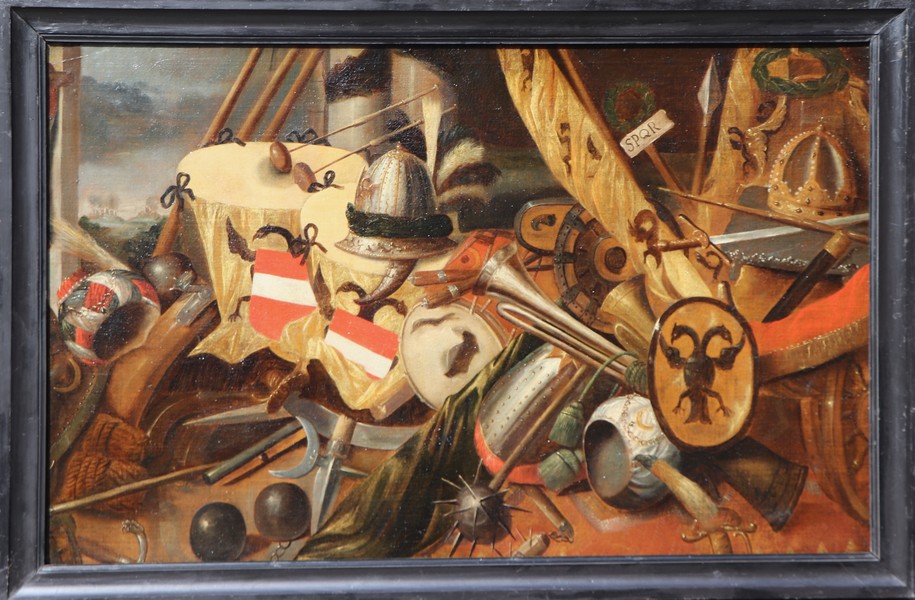
Unidentified late 17th century painter
17.000 €
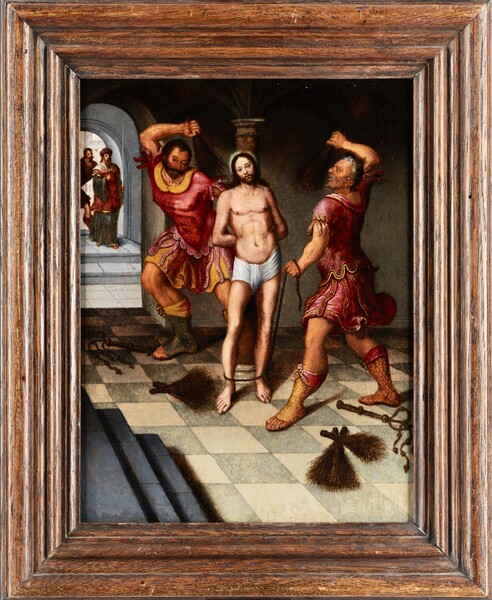
Unidentified middle 16th century painter from the Low Countries
6.000 €
Moses van Uyttenbroeck
11.000 €
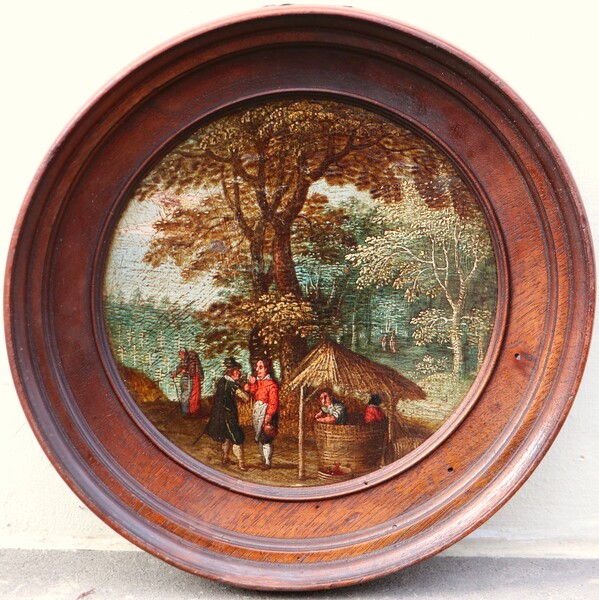
Early 17th century Flemish follower of Lucas van Valckenborch
3.000 €
Hendrick de Valk
4.200 €
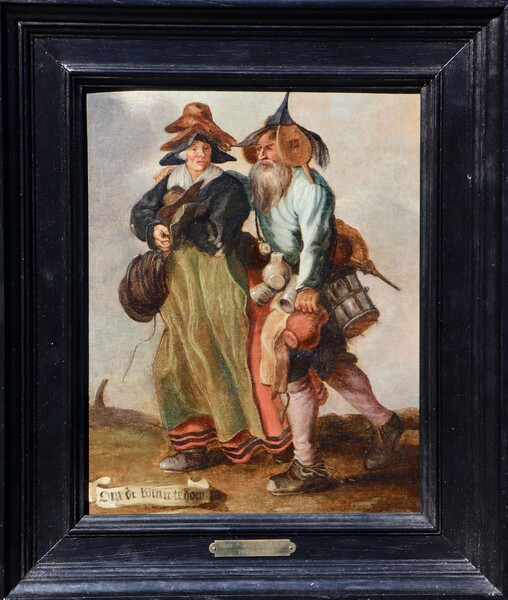
Adriaen Pietersz. van de Venne
9.500 €
Cornelis Isaacz Verbeeck
12.000 €
Dirck Verhaert
9.000 €
François Verwilt
6.700 €
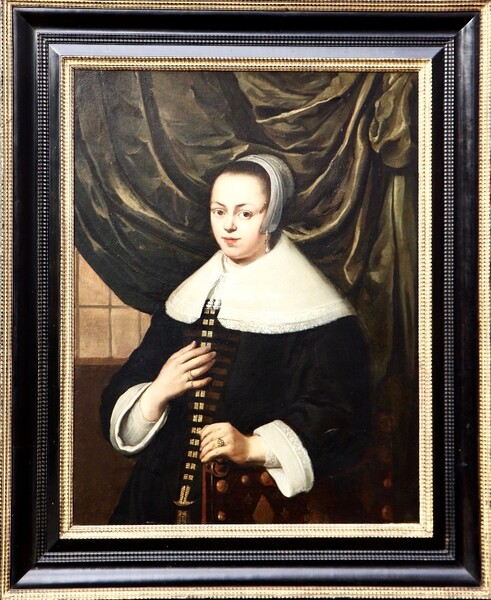
Circle of Jan Victors
the pair 9.500 €
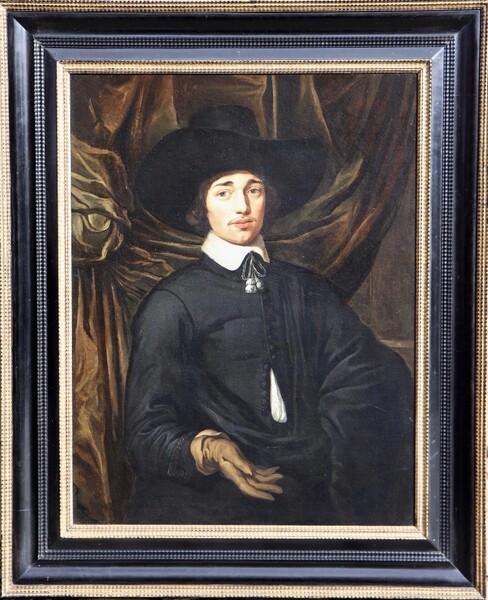
Circle of Jan Victors
the pair 9.500 €
Jan Vonck
3.500 €
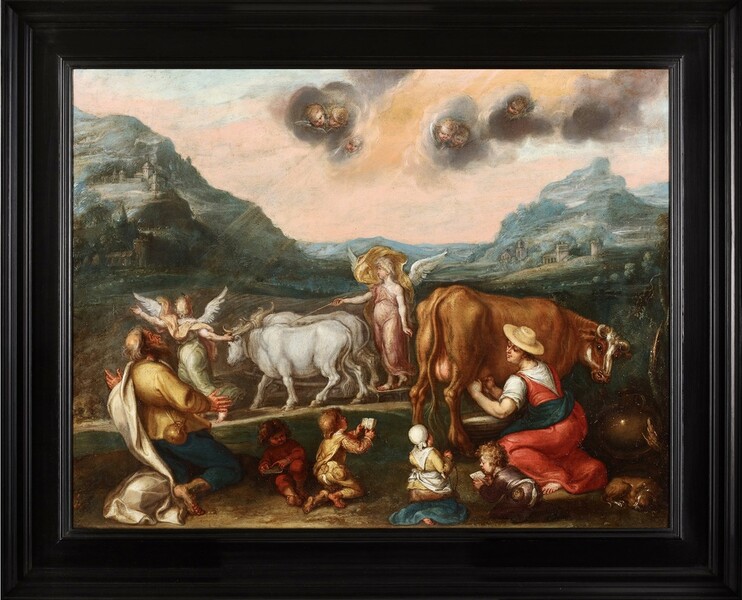
Simon de Vos
6.500 €
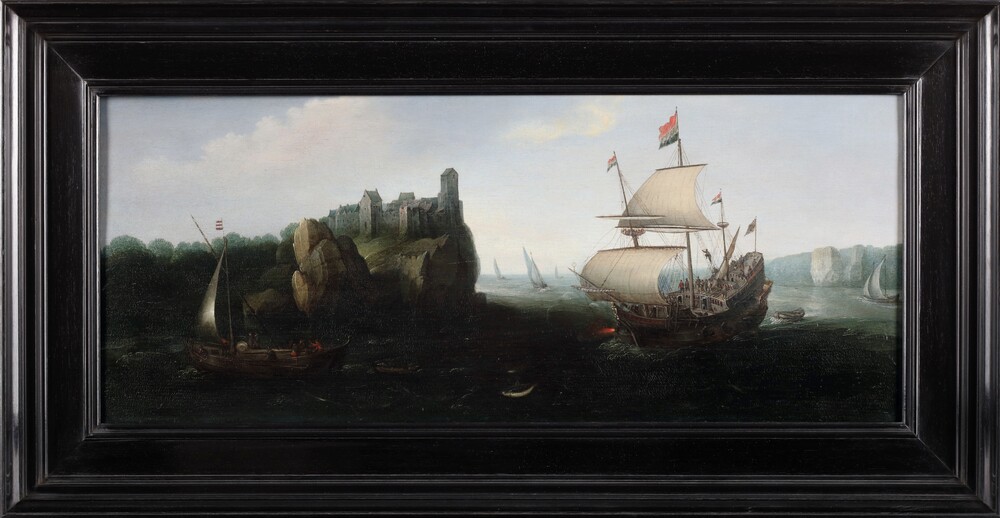
Cornelis Hendricksz. Vroom
13.500 €
Jan van der Vucht
10.000 €
Cornelis de Wael
5.000 €
Cornelis Mathijsen van der Weele
3.300 €
